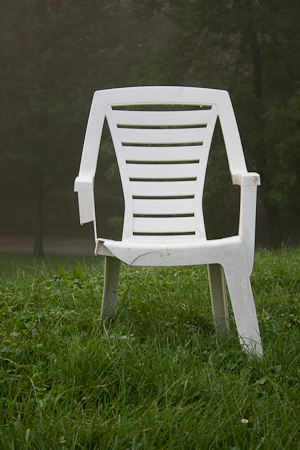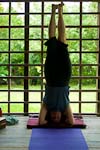As the hosting team prepares for the Art of Hosting – Vermont training that’s starting this Thursday, we’ve honed in on the theme of creating healthy and resilient communities. The group that’s gathering has begun to have email conversations around this topic which has prompted me to think deeply about the questions of what is resilience? How do I personally stay healthy and resilient? And, how could my personal experience translate into a new way of thinking about how to create healthy and resilient communities?
Here are some initial thoughts…
 For me personally, resilience means the ability to respond (not react) in the moment to problems as they arise from a balanced and centered place such that I stay healthy and vibrant. When I think about resilience I come to it from the body perspective of my long time training in yoga, meditation, tai chi and dance.
For me personally, resilience means the ability to respond (not react) in the moment to problems as they arise from a balanced and centered place such that I stay healthy and vibrant. When I think about resilience I come to it from the body perspective of my long time training in yoga, meditation, tai chi and dance.
In Tai Chi (a Chinese “martial art” with many metaphors for how to become more resilient in life) I’ve learned that when something unexpected comes my way, rather than tightening up into a defensive posture (where someone can get hurt), I (ideally) soften into the moment, flow with the forward moving energy until I can find a way to either consciously chose to continue to go in that direction or to deflect the energy in a more favorable direction. In either case, I can then return to center. There’s a strong element of trusting that if I just stay present with what is before me and truly “listen” both to myself and to others in the situation, the next “right” thing will begin to emerge that will hold both my own well-being and the well-being of others.
I remember once reading that even long-time meditators (people who meditate for up to 7 hours a day) get thrown off balance in the normal course of events in their daily lives. What makes them more resilient to the exigencies of life is the ability to bounce back to their center much faster than us ordinary folks.
 When we attempt to find balance physically, such as in a balancing yoga posture, for instance, it’s not a static event. We don’t arrive in a balanced state and hang out there forever. We are constantly shifting, changing, making small physical adjustments to maintain that balance… We are constantly falling out of balance and readjusting so that we can return to balance… To that place where we have a strong sense of our center.
When we attempt to find balance physically, such as in a balancing yoga posture, for instance, it’s not a static event. We don’t arrive in a balanced state and hang out there forever. We are constantly shifting, changing, making small physical adjustments to maintain that balance… We are constantly falling out of balance and readjusting so that we can return to balance… To that place where we have a strong sense of our center.
As part of our email conversation about resilience, someone mentioned the value of resistance. In the kind of modern improvisational dance that I do, when we partner with someone and give them resistance (which can also be experienced as support), both people can stretch way beyond their solitary comfort zone and be completely out of balance, but the entity created by the partnership stays balanced. And we can do so much more in this partnership than if we are attempting to do something on our own. If either person lets go of the other, both people fall down. If either person pulls too hard, both people fall down. So there is a continuous give and take and a “listening” to each other to know just how far we can go. And, again, there is a deep level of trust to work with someone in this way.
So when I think about how to apply this thinking to creating resilient communities, I’m left with a whole bunch of questions:
- How can we identify a community’s center? Is it a physical place (last week there were a great series of stories on the Vermont public radio station about how the general store was once the center of small Vermont towns)? Is it a set of practices, like getting together for community events (4th of July celebrations, for example)? Is it the principles and values that hold a community together? Is it the town meetings, the mayor, the CEO, the board of directors? Is it the felt sense that everyone is part of a shared experience? Or, is it some combination of all of the above? Each community is different, and I wonder if enough thought is ever given to what is the community’s center?
- What are the conditions that throw our communities out of balance?
- What do our communities need to do to come back to center when problems arise? What are the small little adjustments that will help the community to regain a sense of balance when there are conflicts or disagreements?
- What does the community feel like when it’s out of balance?
- What does the community feel like when it’s in balance?
- How can we in our communities support each other, provide resistance to each other, and trust each other enough, so that we can stretch ourselves and go out of balance together, but in doing so creating something that is far greater than what the individuals can do alone?
- How can we create conditions where we can trust each other enough in our communities that we can experiment with a new, emergent reality that takes us far beyond what we can do alone or could imagine doing together?
Much food for thought….

Great questions Carla! Glad to see that you are moving forward post-storm.
Thanks Cynthia! I’m actively involved in these questions these days, especially in my housing community.